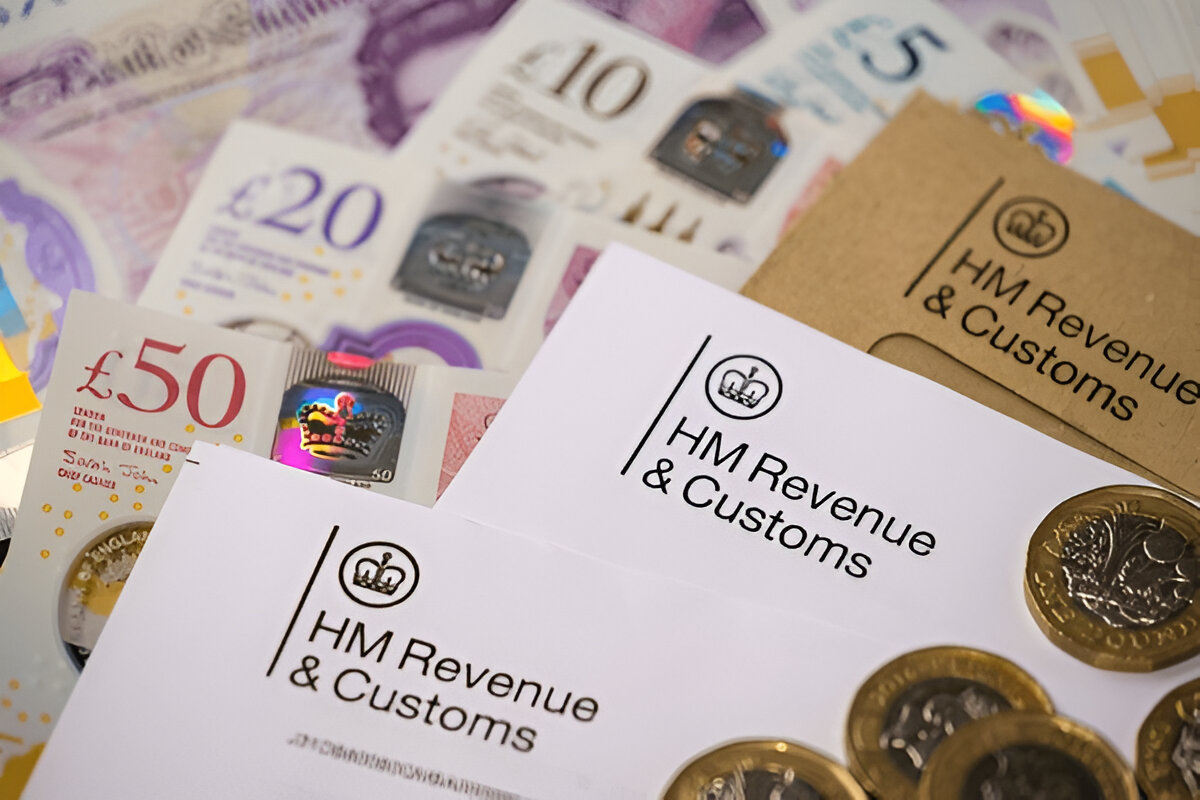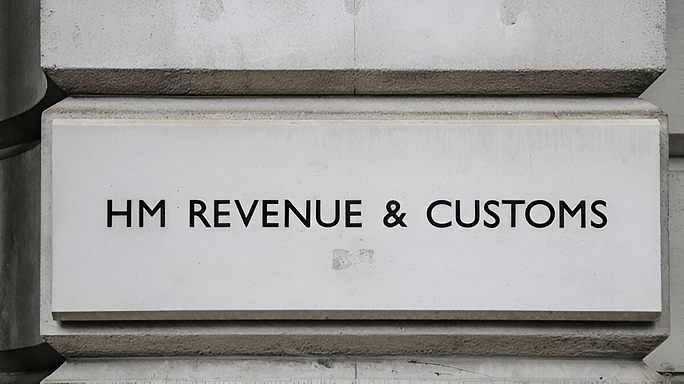
Understanding the Gearing Ratio for Your Business
A gearing ratio or Leverage Ratio is a financial metric that compares a company’s debt to its equity or assets. It measures leverage, reflecting how much of the company’s operations are funded by equity versus debt. Understanding what constitutes a good gearing ratio is crucial for assessing financial health, which is the focus of this article.
Types of Gearing Ratios Explained
Several Leverage Ratios can provide insights into a company’s financial structure. Here are three common examples:
- Debt-to-Equity Ratio (D/E Ratio):
The Debt-to-Equity Ratio compares a company’s total debt to its shareholder equity. It shows how a company is funding its operations and its capacity to pay off current debts. - Equity Ratio:
The Equity Ratio measures the proportion of a company’s assets financed by equity. It indicates how well a company manages its debts and the extent of its reliance on equity versus debt. - Debt Ratio (Debt-to-Asset Ratio):
The Debt Ratio assesses the proportion of a company’s assets funded by debt. It considers interest-bearing liabilities like bonds and term loans, not total liabilities such as accounts payable.
How to Calculate a Gearing Ratio

To calculate a gearing ratio, follow these steps:
- Choose the Gearing Ratio Type: Decide which ratio you want to calculate, such as D/E ratio or Equity Ratio.
- Obtain Financial Data: Refer to the company’s earnings report to find figures for debt, equity, and assets.
- Apply the Formula: Use the appropriate formula for the gearing ratio you’ve chosen.
The type of Leverage Ratio you use depends on the specific case, as there are different formulas for each. Gearing ratios all compare debt to another variable, with equity and assets being the two most common.
Start by calculating the company’s total debt, which includes long-term and short-term borrowings as well as any bank overdrafts. This information should be available in the company’s latest profit and loss statement.
To understand how confidently a company can manage its debt, you need to know the context of the total debt. This may require some additional research into the company’s balance sheet. For instance, you might need to determine the total shareholder equity, which represents the company’s net worth from the shareholders’ perspective or the amount that would be returned if all assets were liquidated.
Formulas for Gearing Ratios
- Debt-to-Equity Ratio Formula:
D/E=Total Liabilities/Shareholder Equity- A D/E ratio over 50% indicates a higher level of debt compared to equity, suggesting potential difficulty in debt repayment.
- A normal D/E ratio ranges from 25-50%, reflecting a balanced mix of debt and equity, typical for companies in expansion phases.
- A D/E ratio below 25% indicates a lower proportion of debt, which generally signifies lower financial risk.
- Debt Ratio Formula:
Debt Ratio=Total Debt/Total Assets- A debt ratio below 1 (or 100%) means more assets are financed by equity than debt. A ratio above 1 indicates a higher reliance on debt.
- Equity Ratio Formula:
Equity Ratio=Total Equity/Total Assets- An equity ratio of 0.50 or below suggests a company is more leveraged, using debt to finance its assets. An equity ratio above 0.50 indicates a lower reliance on debt with a more conservative financial structure.
What Does the Gearing Ratio Indicate?
A high gearing ratio indicates significant leverage, making a company more vulnerable to economic downturns. Conversely, a lower gearing ratio suggests financial stability and may attract more investment due to perceived lower risk.
For investors, the gearing ratio reveals how much interest a company is paying on its debt. High-interest payments might deter investment due to the extended payback period.
What is a Good Gearing Ratio?

A good Leverage Ratio varies by industry. While some consider ratios above 50% risky, others might view ratios above 100% as high-risk. Context matters: a company with a 60% Leverage Ratio might be relatively well-positioned compared to industry peers with higher ratios.
Industries with high growth potential, like tech, often exhibit higher Leverage Ratios as companies take on debt to fuel expansion.
Managing Gearing Ratios
Investors look not only at current Leverage Ratios but also at how companies plan to manage their debt. Companies can improve their gearing ratio by:
- Increasing profit margins through cost reduction.
- Using profits to pay down long-term debt.
- Reinvesting profits rather than paying dividends.
- Issuing more shares or stock splits.
Conversely, actions that might increase Leverage Ratios include:
- Prioritising revenue growth over cost management.
- Converting short-term debt into long-term loans.
- Buying back shares.
- Issuing preference shares or debentures.
Gearing Ratio Summary

The Leverage Ratio compares company debt to metrics like equity or assets. Key ratios include the Debt-to-Equity Ratio (D/E), Equity Ratio, and Debt Ratio. The calculation depends on the specific type of Leverage Ratio.
A high gearing ratio indicates higher leverage and potential vulnerability, while a low ratio suggests financial health and stability. The appropriate gearing ratio depends on the industry context and company strategy.
Manage Your Gearing Ratios Effectively with Professional Accountants
Understanding your Leverage Ratio is essential for managing financial risk and making informed business decisions. For personalised financial advice, consider consulting experts like TaxCan and Cangaf Ltd. Their expertise can help you manage your debt effectively and improve your financial strategy.
Another helpful blog!
Contact Details:
CANGAF Accountants
235 Tonge Moor Road, Bolton BL2 2HR
Email: info@cangafltd.com
Phone: 01204 859315
Let CANGAF Accountants manage your finances while you focus on excelling on the pitch.


